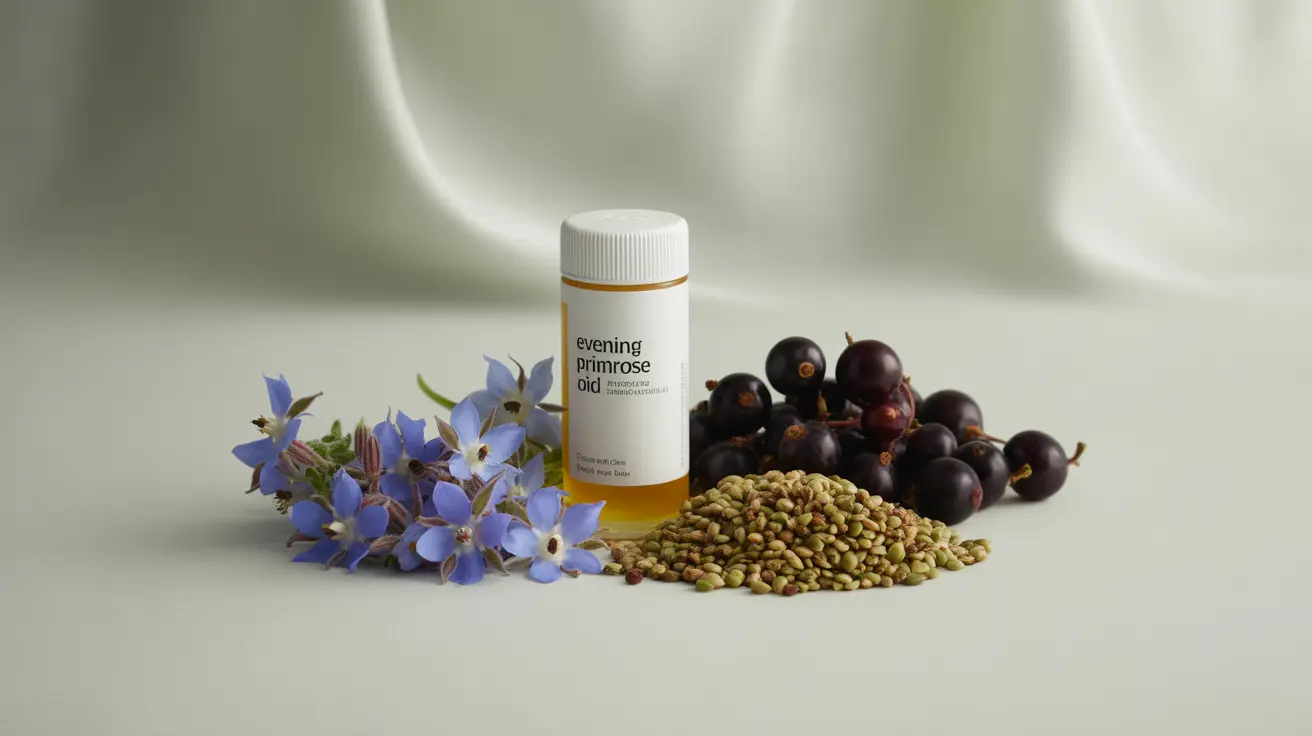Gamma linolenic acid (GLA) is a vital omega-6 fatty acid that plays crucial roles in supporting overall health and wellness. While our bodies can produce small amounts of GLA from linoleic acid, many people turn to supplements or specific foods to boost their intake. Understanding the benefits, sources, and potential risks of GLA can help you make informed decisions about incorporating it into your health routine.
What is Gamma Linolenic Acid?
Gamma linolenic acid is an essential fatty acid that belongs to the omega-6 family. Unlike some other omega-6 fatty acids that can promote inflammation, GLA actually helps reduce inflammatory responses in the body. This unique characteristic makes it particularly valuable for various health applications, from skin care to hormone balance.
Health Benefits of GLA
Skin Health and Anti-inflammatory Properties
GLA demonstrates significant benefits for skin health through its anti-inflammatory properties. It helps maintain skin barrier function, reduces dryness, and may improve conditions like eczema and acne. The fatty acid works by supporting the skin's natural moisture retention and helping to calm inflammatory responses.
Hormonal Balance Support
Research suggests that GLA can help regulate hormonal fluctuations, particularly in women. It may help reduce symptoms associated with premenstrual syndrome (PMS) and menopause, such as breast tenderness, mood swings, and hot flashes. This regulation occurs through GLA's influence on prostaglandin production, which affects hormone balance.
Natural Sources of GLA
Several natural sources provide significant amounts of gamma linolenic acid:
- Evening primrose oil
- Borage oil (starflower)
- Black currant seed oil
- Hemp seeds
- Spirulina
Among these sources, borage oil contains the highest concentration of GLA, making it a popular choice for supplementation.
Safety and Side Effects
While GLA is generally considered safe for most people, it's important to be aware of potential side effects and safety considerations. Common side effects may include:
- Digestive upset
- Headaches
- Soft stools
- Nausea
It's crucial to follow recommended dosages and consult with a healthcare provider before starting GLA supplementation, especially if you have underlying health conditions or take medications.
Medication Interactions
GLA can interact with certain medications, particularly those affecting blood clotting. People taking blood thinners, such as warfarin, should exercise caution and consult their healthcare provider before using GLA supplements. Additionally, those on blood pressure medications should monitor their response to GLA supplementation carefully.
Frequently Asked Questions
What are the main health benefits of gamma linolenic acid (GLA) for skin and inflammation? GLA offers significant anti-inflammatory benefits and supports skin health by maintaining moisture balance, reducing inflammation, and potentially improving conditions like eczema and acne. It works by supporting the skin's natural barrier function and modulating inflammatory responses.
Can gamma linolenic acid help with hormonal issues like PMS or menopause symptoms? Yes, GLA can help manage hormonal issues by supporting the production of beneficial prostaglandins, which may reduce PMS symptoms like breast tenderness and mood swings, as well as menopause-related discomfort such as hot flashes.
What are the common side effects and safety concerns of taking GLA supplements? Common side effects include digestive issues, headaches, and soft stools. While generally safe, users should follow recommended dosages and consult healthcare providers, especially those with underlying conditions or on medications.
Which natural foods or supplements are the best sources of gamma linolenic acid? The best sources include evening primrose oil, borage oil, black currant seed oil, hemp seeds, and spirulina. Borage oil contains the highest concentration of GLA among natural sources.
How does gamma linolenic acid interact with medications, especially blood thinners? GLA can interact with blood-thinning medications like warfarin and may affect blood pressure medications. Anyone taking these medications should consult their healthcare provider before starting GLA supplementation to avoid potential complications.




